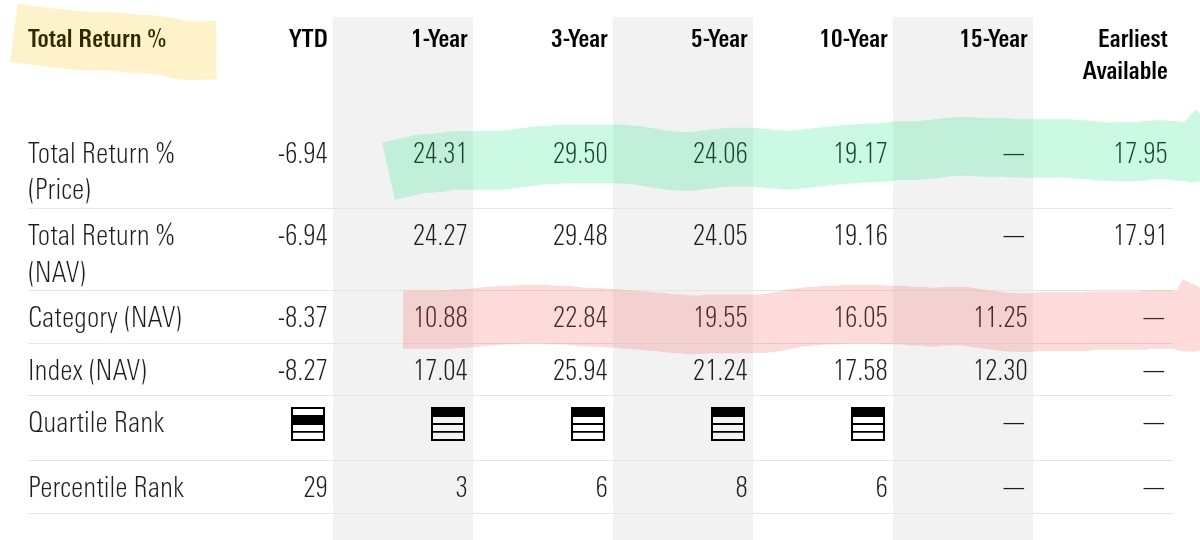Why bonds must be always part of our overall portfolio mix
If one's retirement horizon is quite far away, they need not invest any retirement money in bonds. Bond's long term REAL (after inflation) returns are too low (just 2%) as compared to that of stocks (which is 7%).
Note that above suggestion of not keeping any retirement savings in bonds for younger (below mid fifties) workers comes with a caveat. It's only meant for savvy investors (with higher risk tolerance) who are able to effectively manage pain of loss during stock market downturns and stay course without losing any sleep.
With 100% stock portfolio, pain of loss is expected to be most severe. So, unless you believe in long term potential of stocks and are willing to exercise patient, don't try 100% stock portfolio. Rather, like typical retirement saver, stay with target date retirement funds (which typically has decent bond allocation) so that short term losses during crashes is emotionally better manageable for your lower risk tolerance.
Near retiree (those in late fifties) and retiree must hold bonds. When stocks are in severe downturn, bonds are quite handy for drawdown (for retirement expenses). Trick is to avoid selling stocks during downturn
Another caveat to above 100% stock portfolio suggestion is that it's suitable primarily for long term goals such as retirement savings and kid's college savings (when college is quite far away).
100% stock portfolio shouldn't be used for savings for short term goals, such as emergency savings, kid's near future college funding and down payment money for buying home in near future. Short term bond funds are best suited for such goals. So, bonds must be always part of our overall portfolio mix.

Comments
Post a Comment